Melissa spent over a decade in the real estate technology space. Her third product, eWebinar, was created two months after her last company got acquired:
“The problem we solve at eWebinar is actually something I’ve personally lived with in my previous startups: doing the same demo, training, and onboarding over and over again.”
At the time, Melissa had a shift in perspective about work and life:
“For 10 years, all I wanted to do was work and make money. I moved to New York so that I could be around more entrepreneurs and work more.
But around my early to mid-thirties, I learned that there was more to life than working. I left New York to travel full-time, started meeting different communities, going to parties, and got into the music scene.”
And this new life perspective influenced how she started her current company:
“I realized that work is a means for me to be free so that I can go and enjoy all the other things life has to offer. I was deliberate about starting my third company so I made a list of ten non-negotiables which included a fully remote team, the ability to work anywhere in the world, and the product should be sold 100% through the internet.”
Melissa says they’re not selling automated webinars. What they’re offering customers is their time back:
“We want to free up your time so you can do more fun things and spend time with friends and family without compromising on the growth of your business.”
Live-first webinar solutions vs. eWebinar
Popular tools like Zoom, Livestorm, and Demio are what Melissa calls “live-first” webinar solutions because they focus on live broadcast.
In contrast, eWebinar does webinar automation with video. They try to solve the problem of scalability of live content that works:
“Everybody loves webinars because you can deliver information to your prospects and customers without hopping on a plane. But what’s the next step? How do you scale something that works for you? Even if you run the same live webinar five times a week, it’s still not enough.
So what we primarily focus on is helping you scale a live webinar that works by turning any video into an interactive webinar that you can set on a recurring schedule.”
While live-first webinar solutions have automated features, eWebinar’s only product is automation:
“Because our only product is automation, we’re able to deliver a better, more fuller solution for this particular use case.”
Delivering a “better than live” experience
Melissa says that what they aim to give customers is a “better than live” experience:
“How do you scale something that works for you without losing the personal touch? We built eWebinar to deliver a ‘better than live’ experience because the content is tighter. It’s more on demand because it fits people’s schedules.
You can make it interactive by adding polls, questions, pop-ups, etc. so that it feels like more of a two-way interactive TV and less like an event where someone is just talking at you.”
The medium is as important as the content
While video product demos should be distributed at all possible channels where your prospects are present, the same can’t be said for webinars. This is because the user’s mindset is different on each platform:
“My mindset when I’m on YouTube is I’m going there to explore. I can hit play and pause, or I’ll leave and save the video for later. Maybe I won’t even come back if I get distracted and go somewhere else.
When I’m on Instagram, I only want to consume short form videos so companies put their promo videos there.”
And because webinar is a shortened term for “web seminar”, there’s a whole experience of getting people committed to an online event:
“It’s an event that someone has signed up for, so there’s lead capturing that’s very important for companies that are trying to grow their funnel. There’s also a calendar invite that’s sent to them to block time off on their calendar in a way that a video on a landing page just doesn’t do.”
Webinars also offer a two-way interaction that other media can’t provide, making it more personal:
“Attendees expect a two-way conversation so they can actually go and chat with the host or send a question or comment using our system.
If there’s someone on the other side, you can respond to the person watching live if you happen to be there. But if you’re not there, you can respond to them by email.”
Another benefit of using a webinar platform is that participants are able to ask private questions:
“Yes, you can put a comment under the YouTube video, but it’s not how people communicate. It’s just a comment and it’s not where you go and communicate with your customer. And because it’s public, a lot of people don’t ask questions that are private or personal to them.”
Automated webinars complement other strategies
While nothing replaces live calls, Melissa says we’re now in a society where we can’t dictate when and how customers consume information:
“You can only be there when they want it. Some people respond better to live calls/demos while some people just want it now. When you’re not there, you’re not satisfying that appetite. So I think it’s not a replacement of one for the other.”
By removing the repetitive stuff using automated content, you’re able to use your time to cater to specialized use cases:
“So instead of doing a one live group demo in your time zone once a week, you can use that time to do a live Q&A or office hour when you automate your demo.”
Be honest and upfront with prospects
A lot of times, prospects know that the video is recorded because they’re able to watch the content right away. But for those who are wary of their customers thinking if the video is live or not, Melissa advises to always be honest and upfront with customers:
“Just tell them that the video is recorded and you’re managing the chat. And if you don’t respond immediately, you’ll respond later by email — and that’s the truth.
It’s all about setting customer expectations. People don’t get mad that you’re not there at 3:00 AM delivering a demo for them. As long as you set the expectation that the video is recorded and you’ll get back to them as soon as possible.”
Talk to as many customers as you can before automating
In a typical live one-on-one demo, half of it is spent asking the prospect about their business situation so you can tailor your presentation based on that information. A live call also lets you answer their objections or questions right then and there.
But how can you do this in an automated setting?
Melissa says an automated demo requires a different structure for the sales presentation, where it’s less of a discovery call and more of a sales presentation or pitch. For the demo to be effective, you have to know your customers well:
“If you want to script the most effective on-demand demo, you have to know your customers so well. You know their objections so well that your presentation handles all of these objections before they even come up.
Then at the end, you can present your CTA, like booking a call with you if you’re selling a higher ticket item, or you can tell them to sign up for a free trial for your product.”
To know your customers better, you have to do as many one-on-one demos with prospects and customers as you can:
“Once you talk to so many people, you’ll start to notice that they have the same questions. You can then change your presentation a little bit to fit that audience.”
In fact, when Melissa launched eWebinar, she did back-to-back one-on-one demos for eight weeks straight until she felt comfortable enough to fully automate her demo.
Final advice
Don’t lie to your customers just to make a sale.
“People are here because of what you can do for them. They’re not buying from you because you deliver something live for them. The content matters more than the other person on the other side right now.”
Do figure out where you can automate and clone yourself.
“As our business gets bigger, instead of doing more, we should actually think about how we can work more creatively so we can do less more effectively.”
Thanks for listening! If you found the episode useful, please spread the word on Twitter mentioning @userlist, or leave us a review on iTunes.

